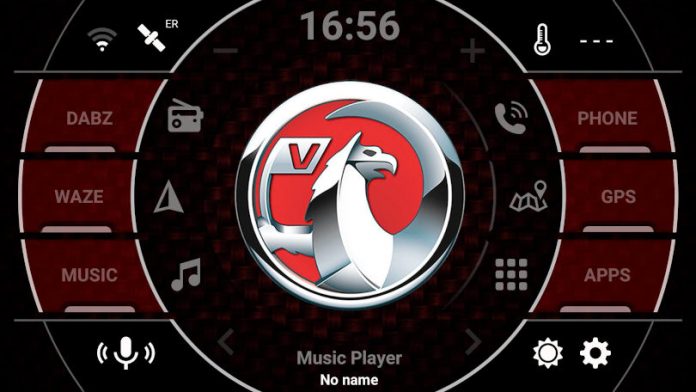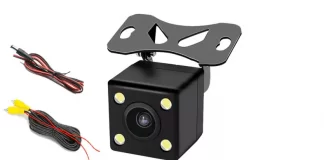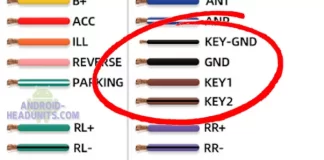Android Headunit Branding is an exciting concept; it is the same idea every Western company strives to promote nowadays – the BRAND. Build a following for your brand and become seen as the best; consumers will buy anything based on only the brand name. Even when common sense says that other products are a better fit, give a better value for money, or are generally best, some are still just by the brand.
Branding
Branding is a recent phenomenon and features heavily in the minds of those in the West. Living in first-world countries, we put the brand name above all other factors when purchasing, giving us confidence that we have made the right decision.
Android Headunit brands
Some companies have caught onto this branding idea and created Android headunit brands like Pumpkin, ATOTO, Erisin, and Xtrons. They all feature heavily in the Android headunit brands. But many other companies are trying to make a mark in the Android headunit brand name race, like idoing, HiKity, JOYX, PENTLY 7, iAuch, Ossuret, and Camecho, to name but a few. It is as if they pluck letters out of a hat to make a name, and maybe they do (except for GOFORJUMP – yes, there is a brand called GOFORJUMP). All that matters is that to succeed in selling Android headunits to the general public is to have a brand name, the West needs a brand name to buy an Android headunit.
Go for a jump is a shorting of the English insult – go for a running jump into a lake. The irony is that a seller could easily say that to dissatisfied customers. So take the Android head unit brand name GOFORJUMP as a warning.
All of the Android headunits start as ‘unbranded’.
Buying unbranded is considered low quality, a poor choice because there is no name on the box, no logo on the printer paper slip, and no embossed plastic logo on the case; it can’t be any good. But nearly all the Android headunit sellers buy the mass-produced Chinese unbranded finished units and brand them for sale. This branding adds pennies to the cost but can instantly multiply the cost that people will pay for the same item without the branding or a different brand; go figure.
Chinese Manufacturing
Around a dozen companies bring together the parts that make an Android headunit. You will never have heard of the names of these companies, and they come out of the factory without a brand. The branders will load their custom firmware, add stickers with serial numbers and logos, then pack them into a retail logo printed box, and instantly they have become ready for someone to buy. All these brand names you read attached to an Android headunit are most likely not the hardware manufacturer. They are the sales pitch and just an exercise to sell more products by branding them to make them more palatable to Western consumers.
So, which is a good brand name?
After all this, people will still say, ‘Only ATOTO’ or ‘I will only buy XTRONS,’ even ‘Pumpkin is well-liked.’ But all of these brand names have branded hardware that is now outdated and not up to current standards, and Pumpkin is still selling windowsCE based devices whose OS died years ago. This proves that the brand name of an Android headunit is not the best way to decide on your purchase.
Buying unbranded or re-branded Android Headunit
To spot an Android headunit that will be suitable for you, one that has enough technology to use the apps of today and then the apps of tomorrow: look at the specifications. Then also, read the online reviews of that product, whether it is from Amazon, eBay, or AliExpress, read the reviews. Don’t just look at the percentage feedback or the stars; read the relevant reviews. This is particularly important if you buy a custom-fit Android headunit for a specific vehicle. The fascia must be of acceptable quality, and the CAN BUS adaptor must be compatible with your vehicle’s make, model, and year.
What is a good spec for an Android headunit?
Current apps run well if the Android has 4 GB RAM; having 6 GB RAM means it will be more ‘future proof’ as apps of tomorrow need more and more RAM to run. The apps are the same apps that Android phones use, to the advancement in phone technology pushes the apps forward, and your Android headunit will need to keep up. Processors with many cores and higher clock rates, while processing more work in each cycle, are also an advancing technology. Four cores from the 2014 vintage won’t run the latest apps or even later versions of Android. Look for an Android headunit with 8 cores (octa-core) or 6 cores (hexacore). They could be called the PX6 processor or the UIS7862 processor; either way, the multi-high speed cores will run more like a modern phone and less like a phone from 2013.
Other features that could be important to you are a DSP, the Digital Signal Processor to alter the sound stage, or RGB features to customize the look of your Android headunit in the dashboard.
Brands
None of the features or specifications are, in any way, brand specific. So basing your choice for the best Android headunit on a brand name may not give you the best value or what you want.
What about these brands…
Sony, Pioneer, JVC, and Alpine?
All these brands own their factories and produce their headunit, but none are Android headunits; they are only Android Auto units, so don’t confuse the two.







